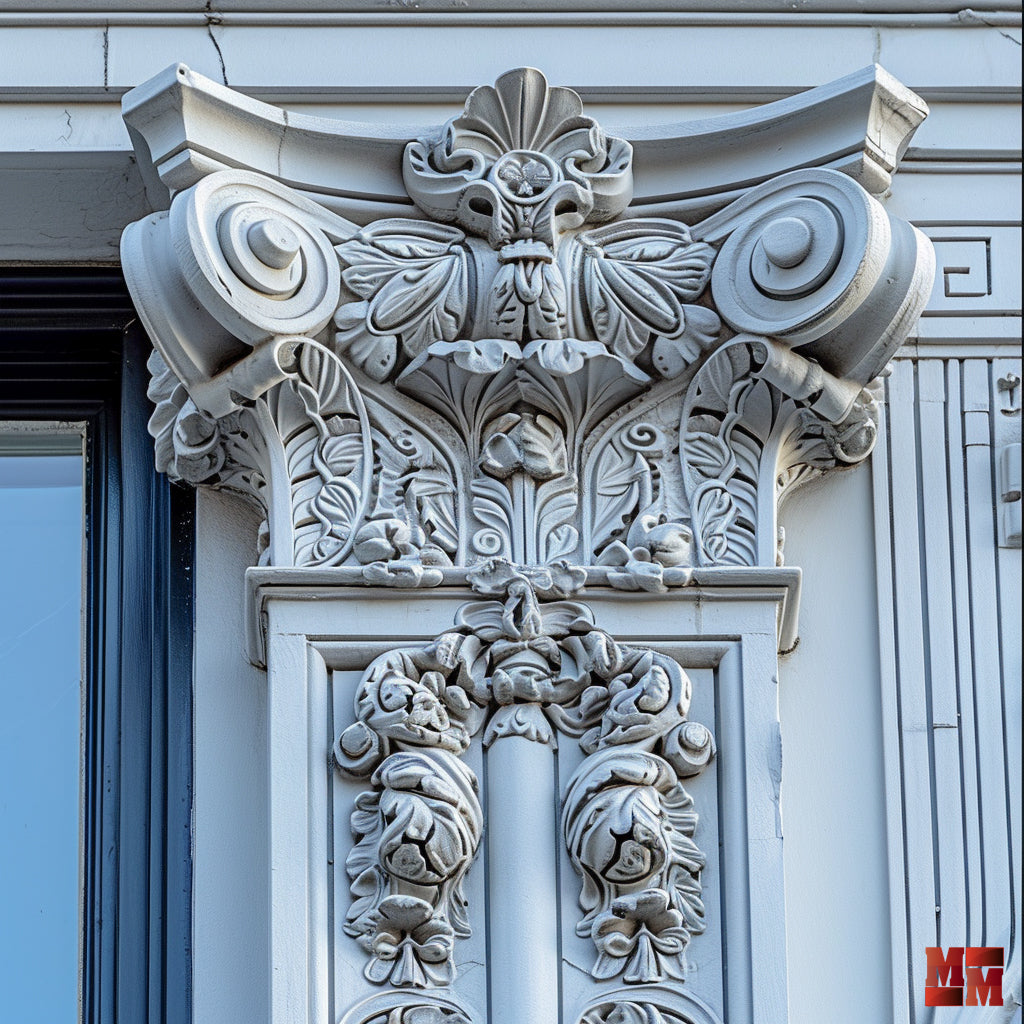Restoring Architectural Details on Historic Buildings: A Comprehensive Guide for 2024
By Masonry Montreal
The beauty of historic buildings throughout Montreal is undeniably impressive. These structures bear witness to the city's rich architectural heritage and harken back to bygone eras. However, maintaining these buildings and restoring their architectural details can be a complex challenge. That's why we've created this comprehensive guide to help you understand the importance of restoring architectural details in masonry on historic buildings.
Why Restore Architectural Details on Historic Buildings?
Restoring architectural details on historic buildings holds paramount importance for several reasons:
-
Preservation of History: Historic buildings are witnesses to Montreal's past. They tell the story of the city and its inhabitants. By restoring architectural details, we preserve this history for future generations.
-
Maintaining Value: Historic buildings are often considered cultural treasures and can have significant heritage value. By preserving their original appearance, you maintain or even increase their value.
-
Aesthetics and Identity: Architectural details add character to historic buildings. They contribute to the city's visual identity and are an integral part of its unique charm.
-
Structural Stability: Architectural detail restoration goes beyond aesthetics. It can also contribute to strengthening the overall structure of the building, improving its stability and durability.
Steps in Restoring Architectural Details in Masonry
Restoring architectural details in masonry on historic buildings is a complex process that requires expertise and craftsmanship. Here are the essential steps in this process:
-
Initial Inspection: Before commencing any restoration, a thorough inspection must be conducted to assess the condition of the architectural details and determine the necessary work.
-
Cleaning: The first step often involves cleaning architectural details to remove dirt, graffiti, and other contaminants.
-
Repair and Restoration: Damaged or missing elements are repaired or restored by skilled masons. This may include the repair of stones, bricks, or sculptures.
-
Reproduction: In some cases, it may be necessary to reproduce architectural elements for replacement. This requires precision to match the style and materials of the original.
-
Consolidation: To ensure long-term stability, structural consolidation may be required to support the restored architectural details.
-
Finishes: The restored architectural details are finally treated with appropriate finishes to protect them from weathering and future damage.
Materials and Techniques Used
Restoring architectural details in masonry on historic buildings requires the use of specific materials and techniques to preserve the authenticity and integrity of the structures. Here are some key considerations:
Materials:
-
Natural Stone: Historic buildings often use natural stone, which must be carefully selected to match the original.
-
Vintage Bricks: When vintage bricks are damaged, it may be necessary to replace them with salvaged bricks from other historic buildings or to replicate them with similar materials.
-
Traditional Plasters: Lime plasters are commonly used to match the original construction methods.
Techniques:
-
Hand Stone-Cutting: In some cases, stones are hand-cut to match existing architectural details.
-
Stone Sculpting: Stone sculptures are created by talented artisans to restore decorative elements.
-
Color Preservation: Preserving the original colors is a crucial aspect of restoration to maintain the original aesthetics.
Regulations and Permits
When considering the restoration of architectural details on a historic building in Montreal, it is imperative to understand the regulations and permits required. The City of Montreal has stringent heritage preservation laws, and it's essential to adhere to these guidelines. You will typically need approval from the city before commencing the work.
Engaging Masonry Experts
Restoring architectural details in masonry on historic buildings is a task of great significance. It preserves the history, value, and identity of the city. However, it must be done with care, using the right materials and techniques. Engaging masonry professionals with experience in historic building restoration is essential to ensure the success of these restoration projects. If you're considering restoring architectural details on a historic building in Montreal, don't hesitate to contact us. At Masonry Montreal, we have extensive experience in historic building restoration and would be delighted to help you preserve this precious heritage.

